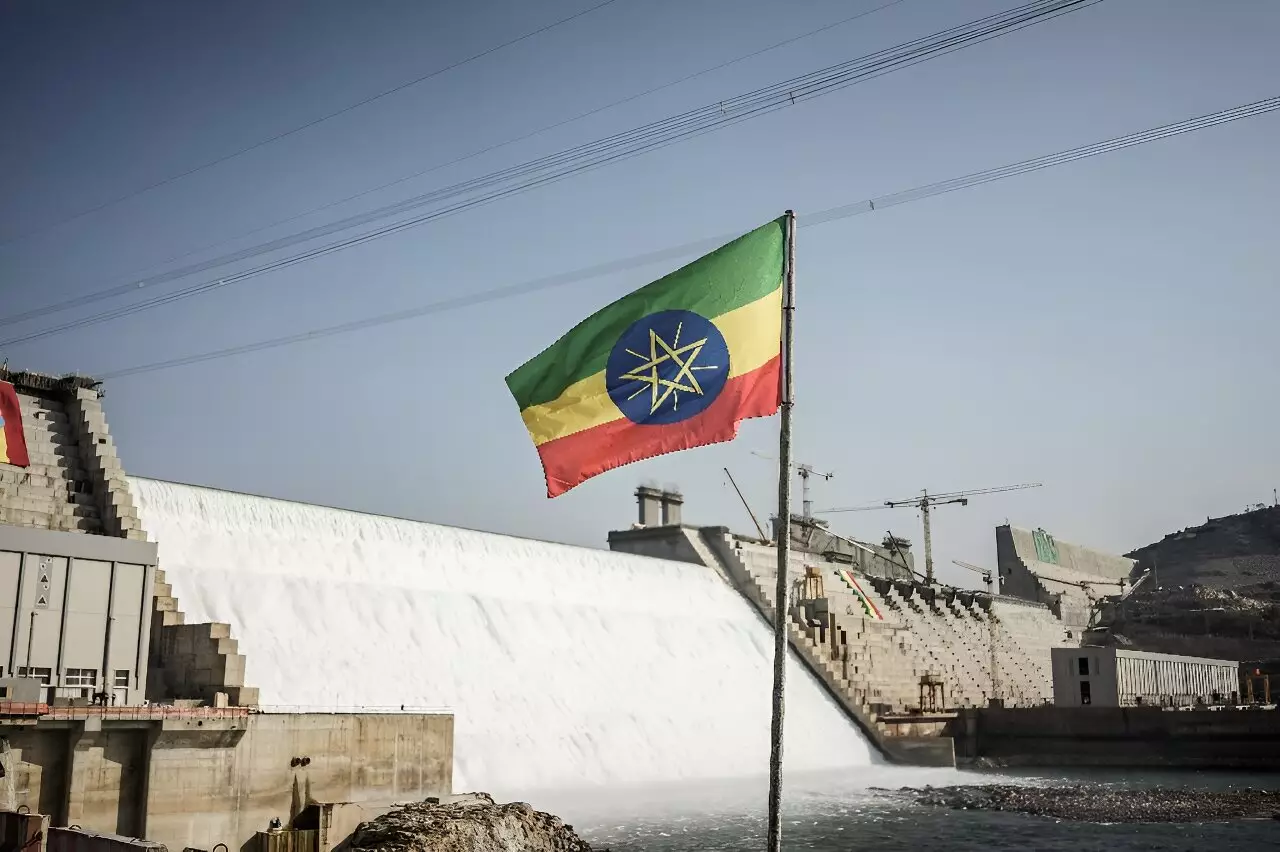Ethiopia recently announced that it has significantly increased electricity production from the Grand Ethiopian Renaissance Dam (GERD) on the Blue Nile by initiating the operation of two additional turbines. This controversial multi-billion-dollar project has long been a point of tension with downstream countries Egypt and Sudan. The dam is now generating 1,550 megawatts of electricity, marking a substantial milestone in its progress.
According to the GERD, the completion of the construction phase of the dam has led to a transition to the operational phase. The two new turbines that have been brought online are each generating 400MW, in addition to the existing two turbines producing 375MW each. This brings the total output of the dam to 1,550MW, a significant increase in electricity generation capacity.
Regional Dispute and Concerns
The construction of the GERD has sparked a regional dispute since Ethiopia began work on the project in 2011. Egypt and Sudan have raised concerns about the dam’s impact on their access to vital Nile waters, as they are both downstream nations. Egypt, in particular, sees the dam as an existential threat due to its heavy reliance on the Nile for water supply. Despite on-off negotiations, a three-way agreement has not been reached, exacerbating tensions in the region.
Development and Electricity Access
Ethiopia views the GERD as essential for the development and electrification of the country, which is the second most populous in Africa. The World Bank reports that roughly half of the 120 million population in Ethiopia lacks reliable access to electricity. The completion of the GERD and its increased electricity production are seen as critical steps towards addressing the country’s electricity deficit and supporting socio-economic development.
Prime Minister Abiy Ahmed of Ethiopia has emphasized the role of the GERD in managing water flow, mitigating flood risks, and ensuring a steady supply of water to downstream nations, especially during droughts. Ethiopia maintains that the dam will not reduce the volume of water flowing downstream, but rather play a key role in water resource management in the region.
Despite the focus on the GERD, Ethiopia is also looking to expand its electricity network and diversify into other clean energy resources such as solar, wind, and geothermal power. The World Bank has outlined a plan to support Ethiopia in this energy transition to address the electricity deficit and alleviate poverty, ultimately increasing access to socio-economic opportunities for the population.
While the Grand Ethiopian Renaissance Dam has boosted electricity production in Ethiopia and is seen as a crucial development project for the country, it remains a contentious issue with downstream nations. The ongoing regional dispute underscores the complex interplay between energy production, water resource management, and geopolitical tensions in the region. Ethiopia’s focus on energy diversification and poverty alleviation through clean energy sources demonstrates a broader commitment to sustainable development and access to electricity for its growing population.


Leave a Reply